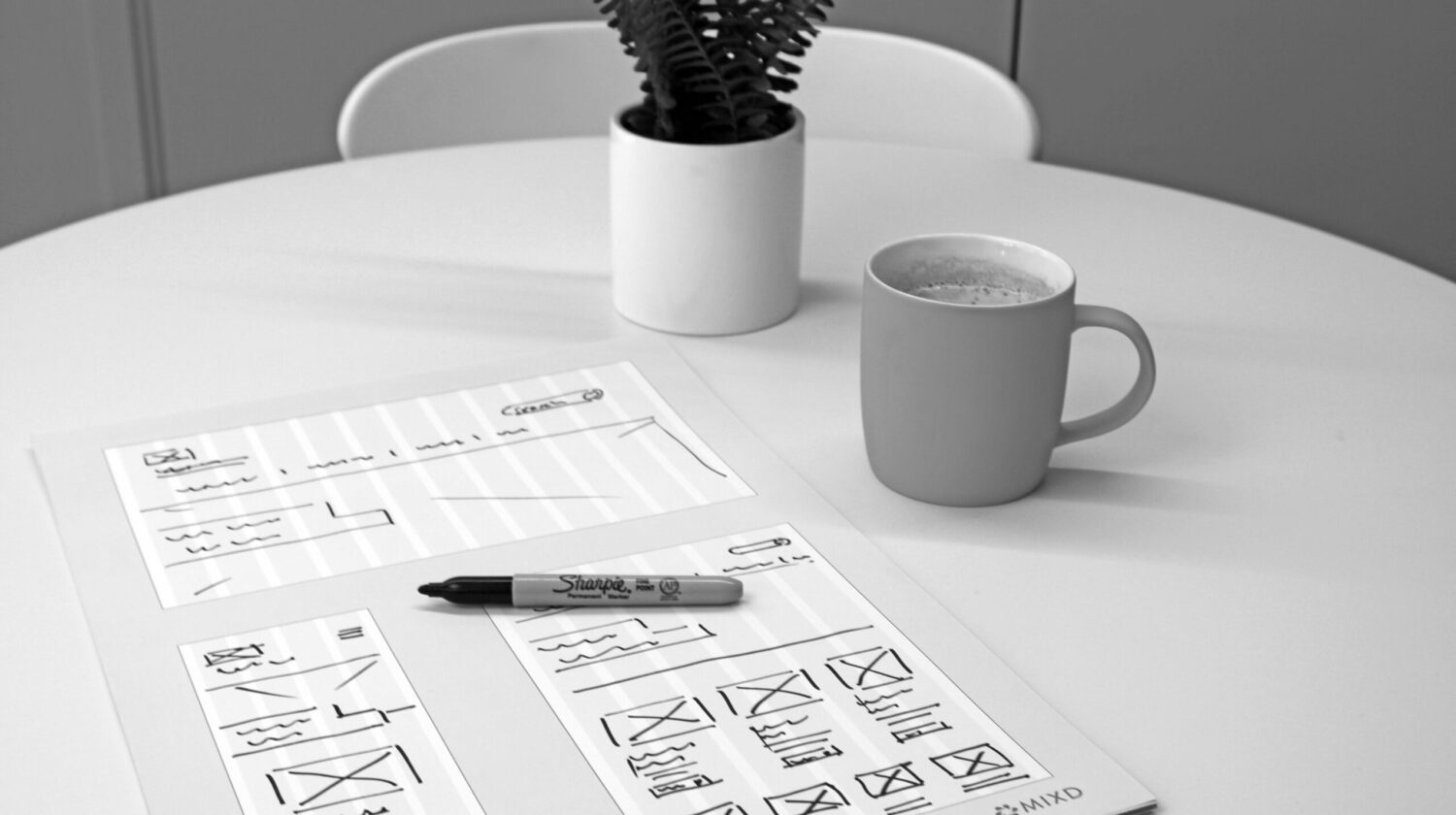WordPress is one of the most widely used content management systems globally, powering millions of websites. At Mixd, we use WordPress to develop and maintain your website.
Web accessibility is more important than ever. It ensures that your website’s content can be accessed and understood by all users, including those with disabilities.
Why WordPress?
At Mixd, we like how WordPress works, along with how easy it is for both us and our clients to use and learn.
Through using our custom framework within WordPress, we can ensure sites are based upon the Gov.uk and NHS Digital service manual. This way, we can ensure best practices are followed when building your website.
Use semantic structure
Using a semantic structure in WordPress is essential for providing accessible content. Properly structured headings (H1, H2, H3, etc.), lists, paragraphs, and other page elements help screen readers and users with disabilities to understand your content’s navigation and context. With the WordPress editor, you have the ability to do this quickly and easily.
Add alternative text to images
To make images accessible, add descriptive alternative text (alt text) to each one. Alt text should provide a brief description of the image’s content or function, allowing screen readers to convey this information to users who cannot see the image. You should try to avoid adding images to your website that display text or graphs/pie charts, unless you have an alternative to displaying the information somewhere else on the page.
Create descriptive links
When adding hyperlinks to your content in WordPress, ensure that the link text is descriptive and makes sense out of context. Screen reader users often rely on link text to understand the link’s purpose. Avoid phrases like “click here” and instead use meaningful, relevant text.
Make videos accessible
If you include video content on your website, provide captions, transcripts, and audio descriptions. These ensure that users with hearing or visual impairments can access and understand your video content.
Test and validate
Regularly test your website for common accessibility problems. Accessibility tools can identify accessibility issues and offer guidance on how to fix them. Conduct manual testing, too, by navigating your website using a keyboard and a screen reader to experience it as users with disabilities would.
Keep your content updated
Web accessibility is an ongoing effort. As you create new content and update your website in WordPress, you should aim to maintain the same level of accessibility. Educate your content editors and team members about accessibility best practices to ensure consistency.
By following these steps and staying informed about accessibility guidelines and best practices, you can ensure that your WordPress website welcomes and serves a diverse audience, providing equal access to information and services for all.
